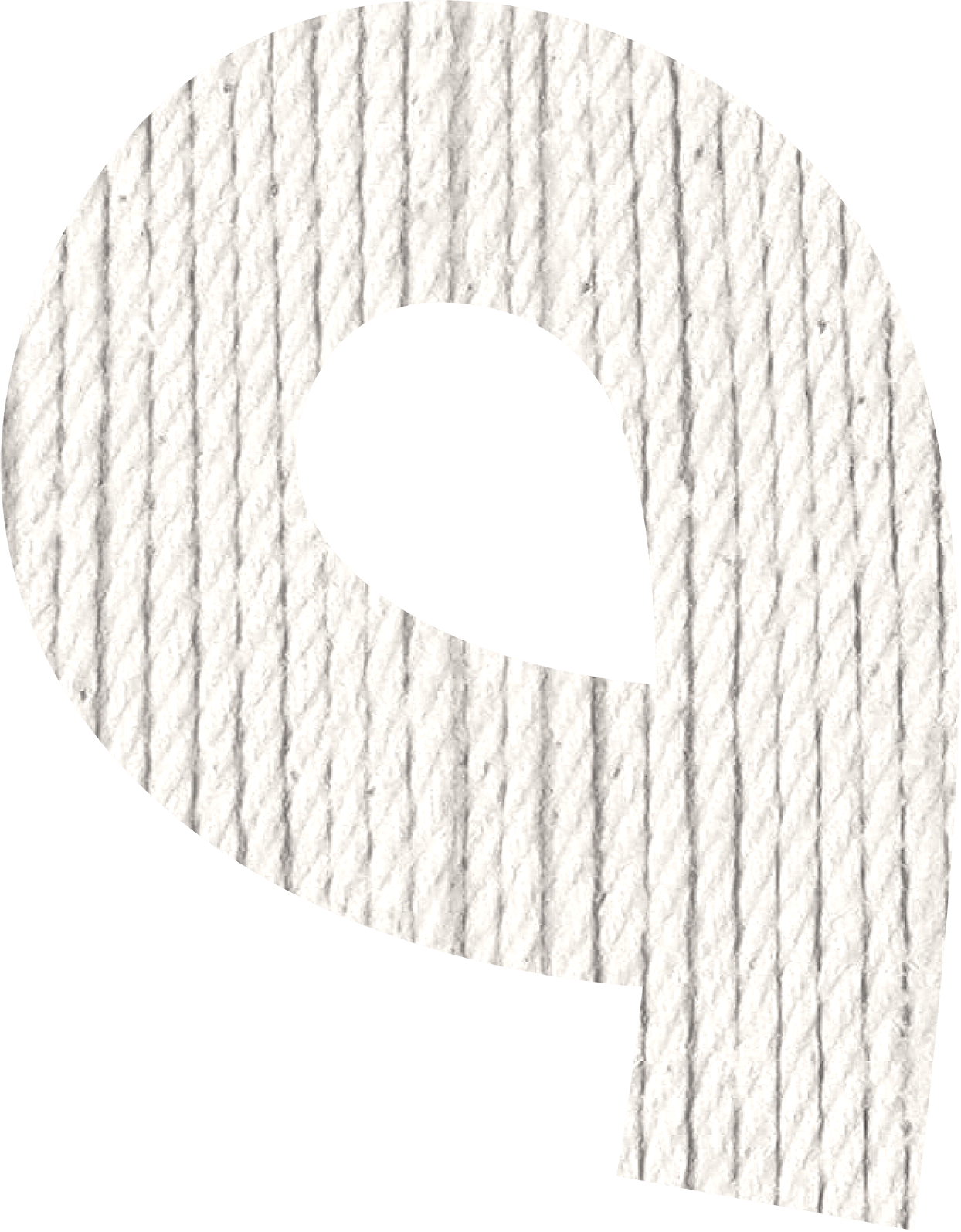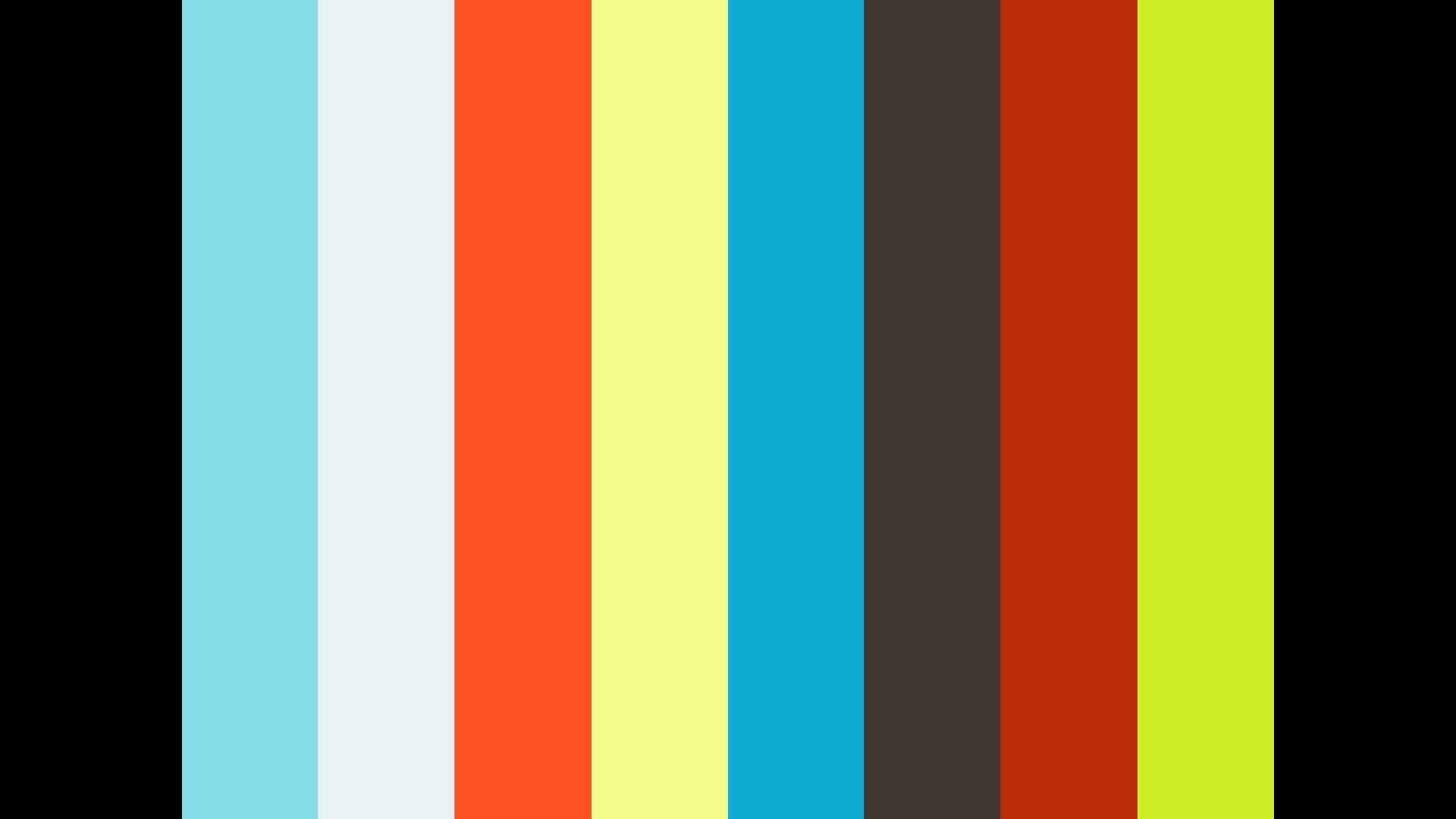


Grad Show 2021
The Grad Show celebrates the talent, determination and creativity of our students. AUArts is proud of their achievements and look forward to the continued growth of each unique voice.
-
 Clara MatchimVCD – Character Design & Illustration
Clara MatchimVCD – Character Design & Illustration -
 Emma LarsonPainting
Emma LarsonPainting -
 Keven SherwoodCeramics
Keven SherwoodCeramics -
 Don BarkerGlass
Don BarkerGlass -
 Ananda SkywalkerFibre
Ananda SkywalkerFibre -
 Nicholas OrichVCD – Character Design & Illustration
Nicholas OrichVCD – Character Design & Illustration -
 Jayka Milliza Sahagun HerreraPhotography
Jayka Milliza Sahagun HerreraPhotography -
 Josefina RodriguezCeramics
Josefina RodriguezCeramics -
 Jennah HeshmatVCD – Character Design & Illustration
Jennah HeshmatVCD – Character Design & Illustration -
Marissa BenderVCD – Advertising & Graphic Design
-
 Sheryl SpencerPrint Media
Sheryl SpencerPrint Media -
 Meagan McNarryVCD – Character Design & Illustration
Meagan McNarryVCD – Character Design & Illustration -
 Kathryn Mae NarioDrawing
Kathryn Mae NarioDrawing -
 Slack KeithVCD – Character Design & Illustration
Slack KeithVCD – Character Design & Illustration -
 Kayla BrownGlass
Kayla BrownGlass -
 Sophia LoveDrawing
Sophia LoveDrawing -
 Stephan SarvajcDrawing
Stephan SarvajcDrawing -
 Allanah NovakVCD – Character Design & Illustration
Allanah NovakVCD – Character Design & Illustration -
 Kim ClaussenVCD – Advertising & Graphic Design
Kim ClaussenVCD – Advertising & Graphic Design -
 Emily BiagiVCD – Advertising & Graphic Design
Emily BiagiVCD – Advertising & Graphic Design -
 Abbi BuckleyFibre
Abbi BuckleyFibre -
 Abigail PetersVCD – Advertising & Graphic Design
Abigail PetersVCD – Advertising & Graphic Design -
 Hailey SexsmithVCD – Character Design & Illustration
Hailey SexsmithVCD – Character Design & Illustration -
 Yun Yue TaoCeramics
Yun Yue TaoCeramics -
 Isabella PilzVCD – Character Design & Illustration
Isabella PilzVCD – Character Design & Illustration -
 Kira FowellDrawing
Kira FowellDrawing -
 Brielle ReevesJewellery & Metals
Brielle ReevesJewellery & Metals -
 Nicole YooVCD – Advertising & Graphic Design
Nicole YooVCD – Advertising & Graphic Design -
 Aria ClementPrint Media
Aria ClementPrint Media -
 Sarah McPheeVCD – Character Design & Illustration
Sarah McPheeVCD – Character Design & Illustration -
 Joshua LoCeramics
Joshua LoCeramics -
 Clinton St. JohnPainting
Clinton St. JohnPainting -
 Gena RawsonVCD – Character Design & Illustration
Gena RawsonVCD – Character Design & Illustration -
 Andrea EngeleVCD – Advertising & Graphic Design
Andrea EngeleVCD – Advertising & Graphic Design -
 Veronica VeronVCD – Advertising & Graphic Design
Veronica VeronVCD – Advertising & Graphic Design -
 Diego GomezDrawing
Diego GomezDrawing -
 Emily PickeringDrawing
Emily PickeringDrawing -
 James KimVCD – Character Design & Illustration
James KimVCD – Character Design & Illustration -
 Jay DyjurVCD – Character Design & Illustration
Jay DyjurVCD – Character Design & Illustration -
 Mallory BellVCD – Character Design & Illustration
Mallory BellVCD – Character Design & Illustration -
 Nina PatafiVCD – Character Design & Illustration
Nina PatafiVCD – Character Design & Illustration -
 Kristin St. LouisCeramics
Kristin St. LouisCeramics -
 DeNeane OsmondVCD – Character Design & Illustration
DeNeane OsmondVCD – Character Design & Illustration -
 Kyle JackVCD – Character Design & Illustration
Kyle JackVCD – Character Design & Illustration -
 Victoria NagyFibre
Victoria NagyFibre -
 Fay HodsonFibre
Fay HodsonFibre -
 Dane Thrun
Dane Thrun -
 Alana SorgeDrawing
Alana SorgeDrawing -
 Bana M KhalesiCeramics
Bana M KhalesiCeramics -
 Jaeden Paige BlewettSculpture
Jaeden Paige BlewettSculpture -
 Jennifer DanversDrawing
Jennifer DanversDrawing -
 Chelsea GoerzenVCD – Character Design & Illustration
Chelsea GoerzenVCD – Character Design & Illustration -
Janira MoncayoMedia Arts
-
oualie frostPainting
-
 Jesse BoschmannMedia Arts
Jesse BoschmannMedia Arts -
 Danielle GloecklerVCD – Advertising & Graphic Design
Danielle GloecklerVCD – Advertising & Graphic Design -
 Dan NguyenSculpture
Dan NguyenSculpture -
 Ella Mae SanchezDrawing
Ella Mae SanchezDrawing -
 Kiara Clariz ClariciaVCD – Advertising & Graphic Design
Kiara Clariz ClariciaVCD – Advertising & Graphic Design -
 Sean SeppVCD – Character Design & Illustration
Sean SeppVCD – Character Design & Illustration -
 Zera JiMedia Arts
Zera JiMedia Arts -
 Simone StehouwerVCD – Character Design & Illustration
Simone StehouwerVCD – Character Design & Illustration -
 Liam BlackPainting
Liam BlackPainting -
 Lee BernalMedia Arts
Lee BernalMedia Arts -
 Nicole TranMedia Arts
Nicole TranMedia Arts -
 Hannah MahanPhotography
Hannah MahanPhotography -
 Daniela VascoVCD – Character Design & Illustration
Daniela VascoVCD – Character Design & Illustration -
 Jessica GillamVCD – Advertising & Graphic Design
Jessica GillamVCD – Advertising & Graphic Design -
 Jessica Anger-CortinesFibre
Jessica Anger-CortinesFibre -
 Henry HaysVCD – Character Design & Illustration
Henry HaysVCD – Character Design & Illustration -
 Phillip BrovedaniVCD – Character Design & Illustration
Phillip BrovedaniVCD – Character Design & Illustration -
 Levi-Leslie MartinPainting
Levi-Leslie MartinPainting -
Edwin CurrVCD – Advertising & Graphic Design
-
 Chase SwartzPainting
Chase SwartzPainting -
 Sohfi JanzVCD – Character Design & Illustration
Sohfi JanzVCD – Character Design & Illustration -
 Kitty WillowDrawing
Kitty WillowDrawing -
 Joyce LamVCD – Advertising & Graphic Design
Joyce LamVCD – Advertising & Graphic Design -
 Sofía VelásquezVCD – Advertising & Graphic Design
Sofía VelásquezVCD – Advertising & Graphic Design -
 Adrian LinsanganVCD – Character Design & Illustration
Adrian LinsanganVCD – Character Design & Illustration -
 Kylie FraserFibre
Kylie FraserFibre -
 Sun Ah HurVCD – Advertising & Graphic Design
Sun Ah HurVCD – Advertising & Graphic Design -
 Yuan MengVCD – Character Design & Illustration
Yuan MengVCD – Character Design & Illustration -
 Kat LamVCD – Advertising & Graphic Design
Kat LamVCD – Advertising & Graphic Design -
Halen KingMedia Arts
-
 Steven LieuPainting
Steven LieuPainting -
 Morgaine JohnsonVCD – Character Design & Illustration
Morgaine JohnsonVCD – Character Design & Illustration -
 Charlotte PoulsomGlass
Charlotte PoulsomGlass -
 Yasmin GameaVCD – Advertising & Graphic Design
Yasmin GameaVCD – Advertising & Graphic Design -
 Jessica TaylorVCD – Advertising & Graphic Design
Jessica TaylorVCD – Advertising & Graphic Design -
 Mikey FritzVCD – Advertising & Graphic Design
Mikey FritzVCD – Advertising & Graphic Design -
 Kristofer O'DayVCD – Character Design & Illustration
Kristofer O'DayVCD – Character Design & Illustration -
 YUAN (Bobby) YINMFA in Craft Media
YUAN (Bobby) YINMFA in Craft Media -
 Robert Van AndelDrawing
Robert Van AndelDrawing -
 Meghan IvanySculpture
Meghan IvanySculpture -
 Emily PerkinsVCD – Advertising & Graphic Design
Emily PerkinsVCD – Advertising & Graphic Design -
 CARO GINGDrawing
CARO GINGDrawing -
 Monika StrozykPainting
Monika StrozykPainting -
 Kacie ConnerPainting
Kacie ConnerPainting -
 Maria ManaloVCD – Advertising & Graphic Design
Maria ManaloVCD – Advertising & Graphic Design -
 Winnie TranVCD – Character Design & Illustration
Winnie TranVCD – Character Design & Illustration -
 Maya Kacsmar-MayohVCD – Character Design & Illustration
Maya Kacsmar-MayohVCD – Character Design & Illustration -
 Jiaqi XieCeramics
Jiaqi XieCeramics -
 Molly LittleVCD – Character Design & Illustration
Molly LittleVCD – Character Design & Illustration -
 Haley FrederickVCD – Character Design & Illustration
Haley FrederickVCD – Character Design & Illustration -
 Alina GraberDrawing
Alina GraberDrawing -
 Harrison SiroisVCD – Advertising & Graphic Design
Harrison SiroisVCD – Advertising & Graphic Design -
Reece AndersonVCD – Advertising & Graphic Design
-
 Angela FrancoVCD – Advertising & Graphic Design
Angela FrancoVCD – Advertising & Graphic Design -
 Laura WilliamsPainting
Laura WilliamsPainting -
 Justine MorrowVCD – Advertising & Graphic Design
Justine MorrowVCD – Advertising & Graphic Design -
 Georgina MetzlerVCD – Advertising & Graphic Design
Georgina MetzlerVCD – Advertising & Graphic Design -
 Alexi DostalPainting
Alexi DostalPainting -
 Larissa SersonPainting
Larissa SersonPainting -
 Sydney SmithVCD – Character Design & Illustration
Sydney SmithVCD – Character Design & Illustration -
 Andrea GardnerMedia Arts
Andrea GardnerMedia Arts -
 Lim NamVCD – Advertising & Graphic Design
Lim NamVCD – Advertising & Graphic Design -
 Jillianne KellPainting
Jillianne KellPainting -
 Juliette KroekerFibre
Juliette KroekerFibre -
 Emily AmanJewellery & Metals
Emily AmanJewellery & Metals